Year 5 Number and Place Value Worksheets
Comparing Temperatures
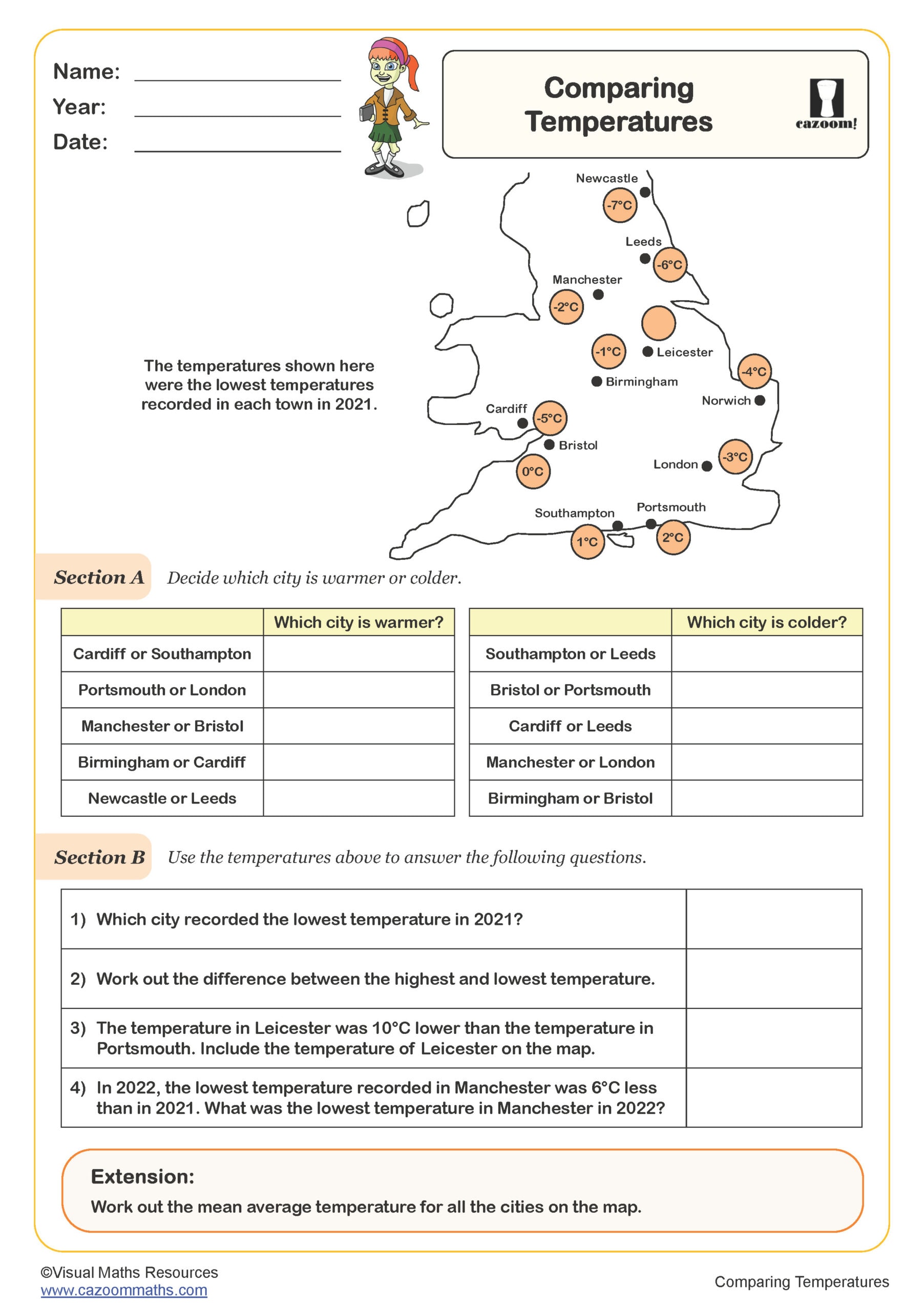
Decimal Place Partitioning
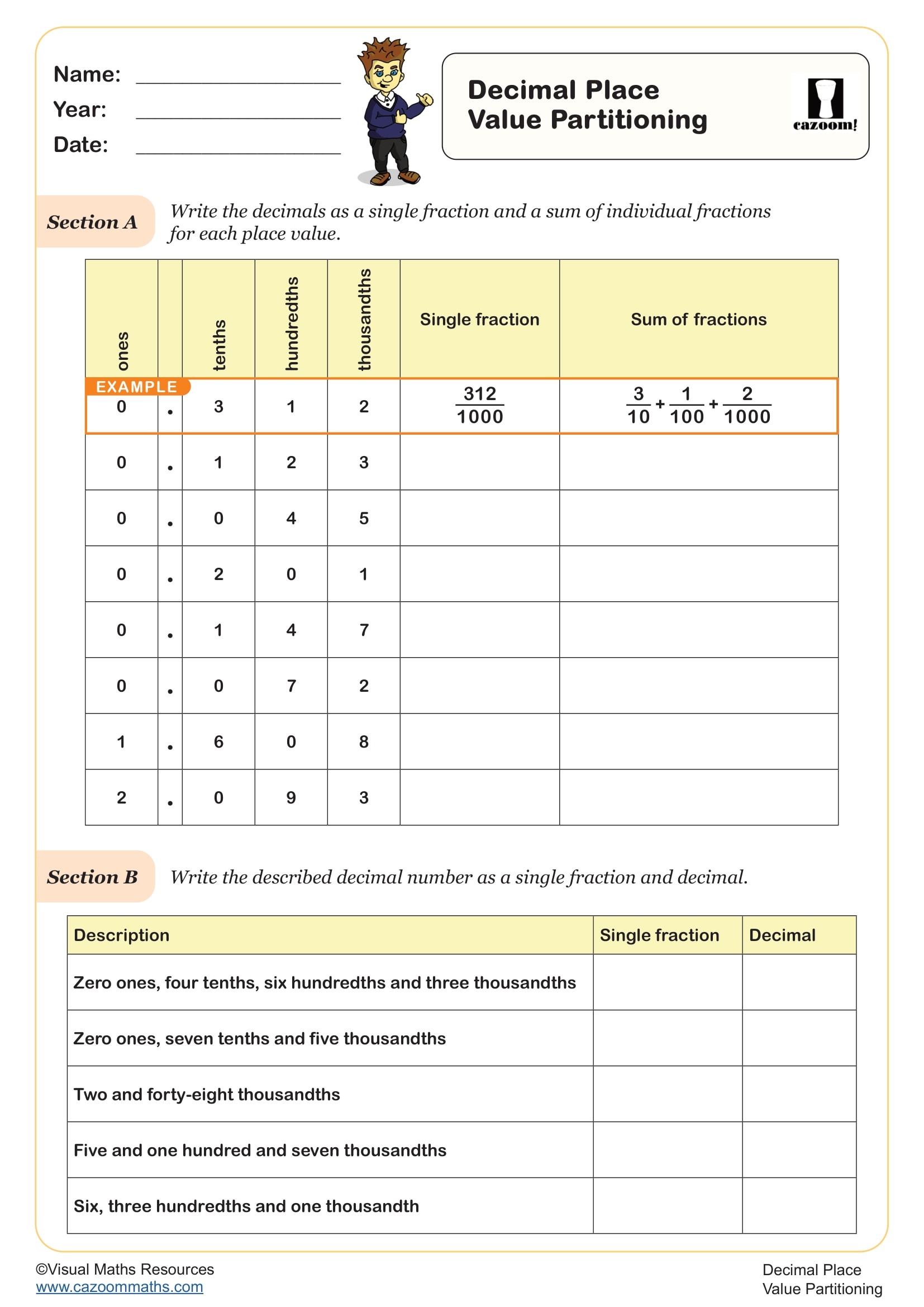
Decimal Place Value - Tenths, Hundredths and Thousandths
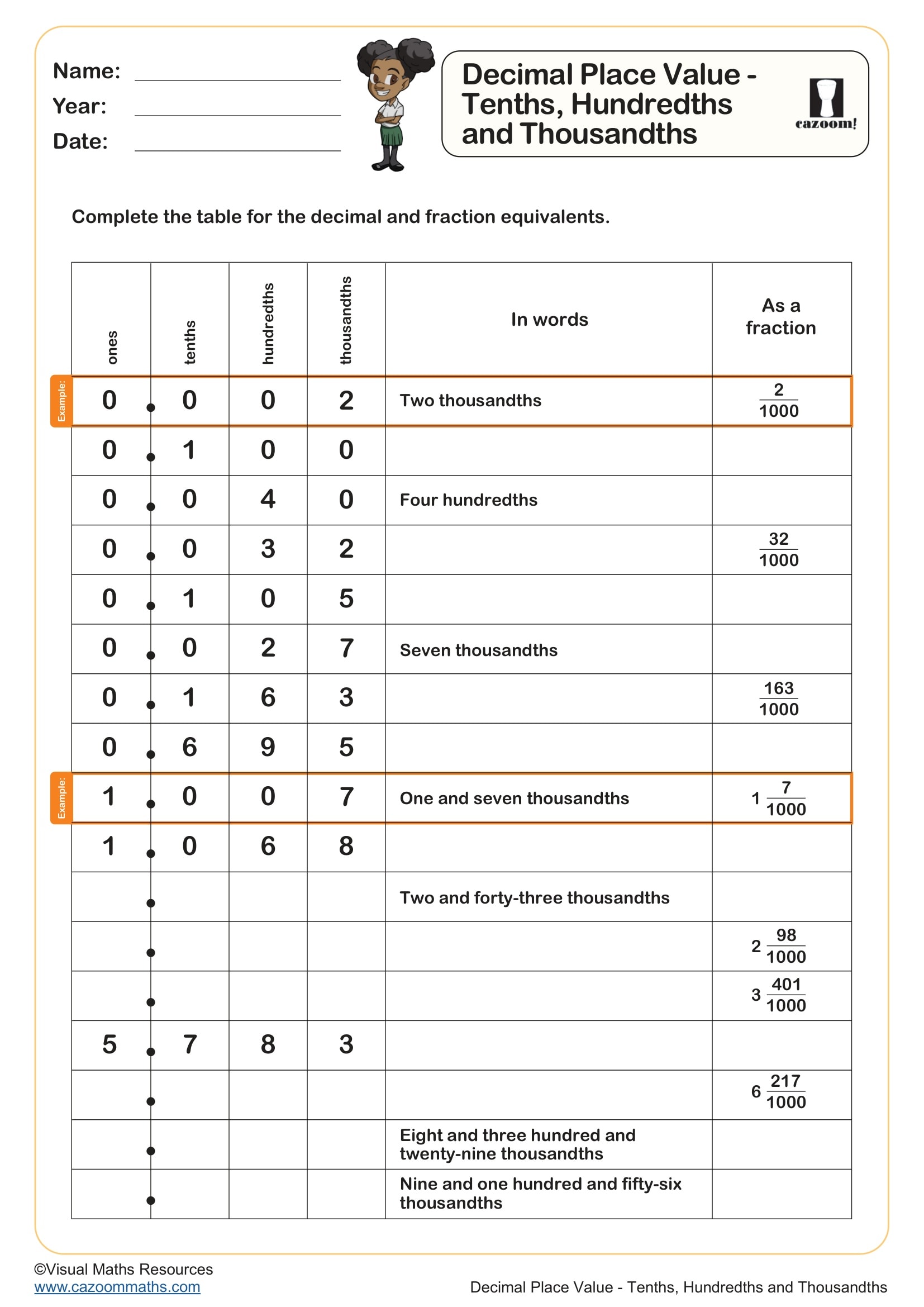
Numbers to 1,000,000
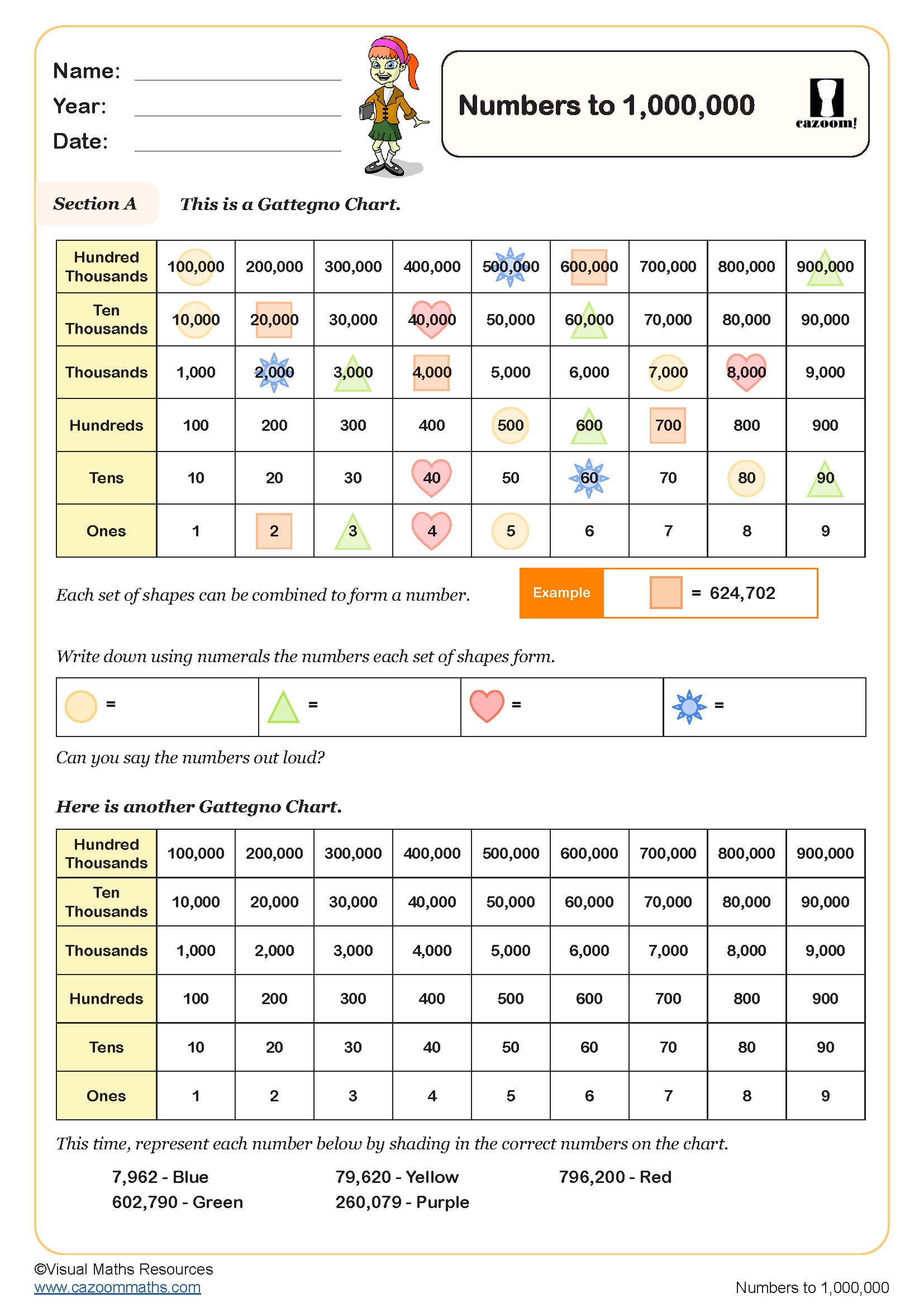
Partitioning Numbers to 1,000,000
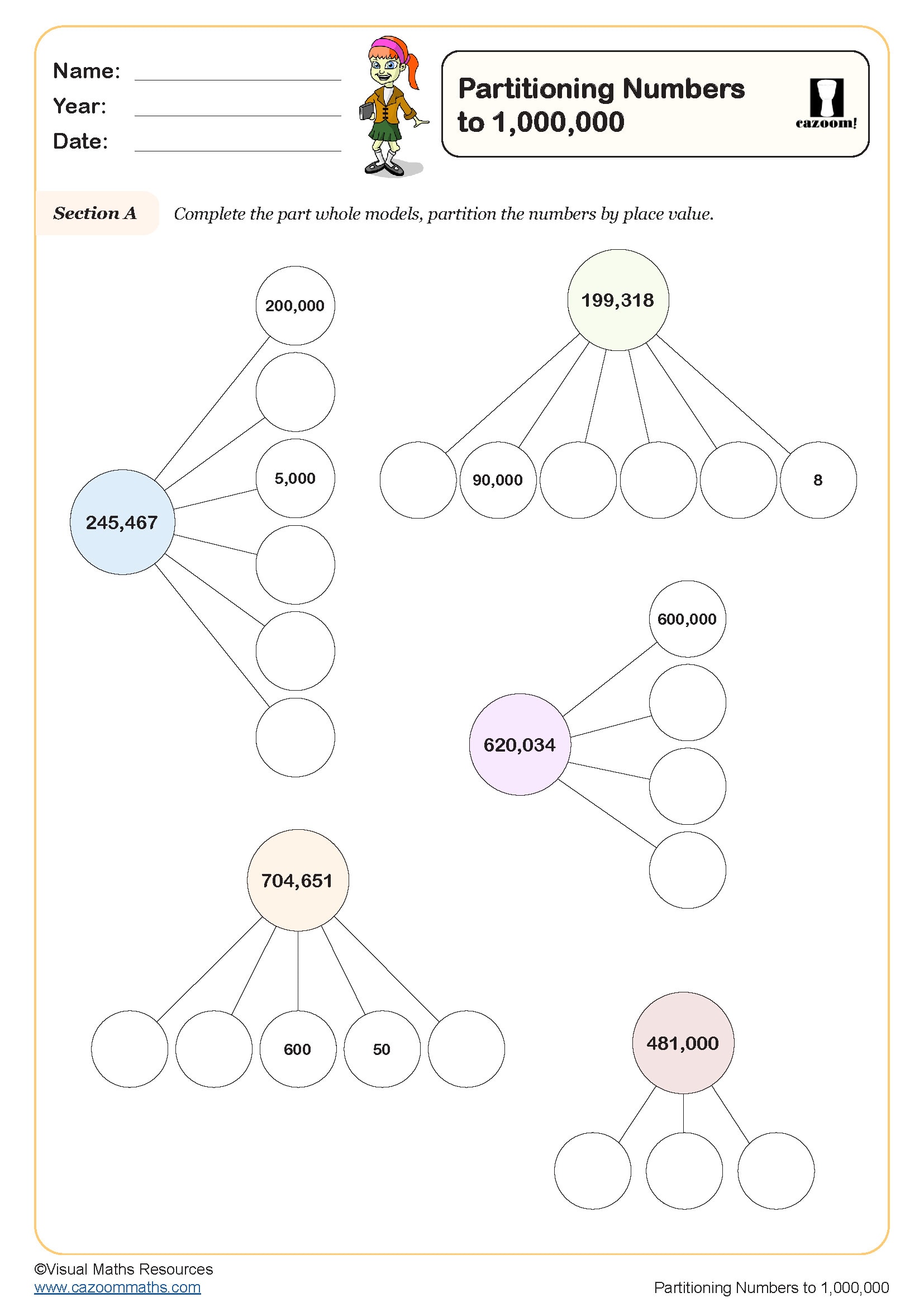
Roman Numerals (D)
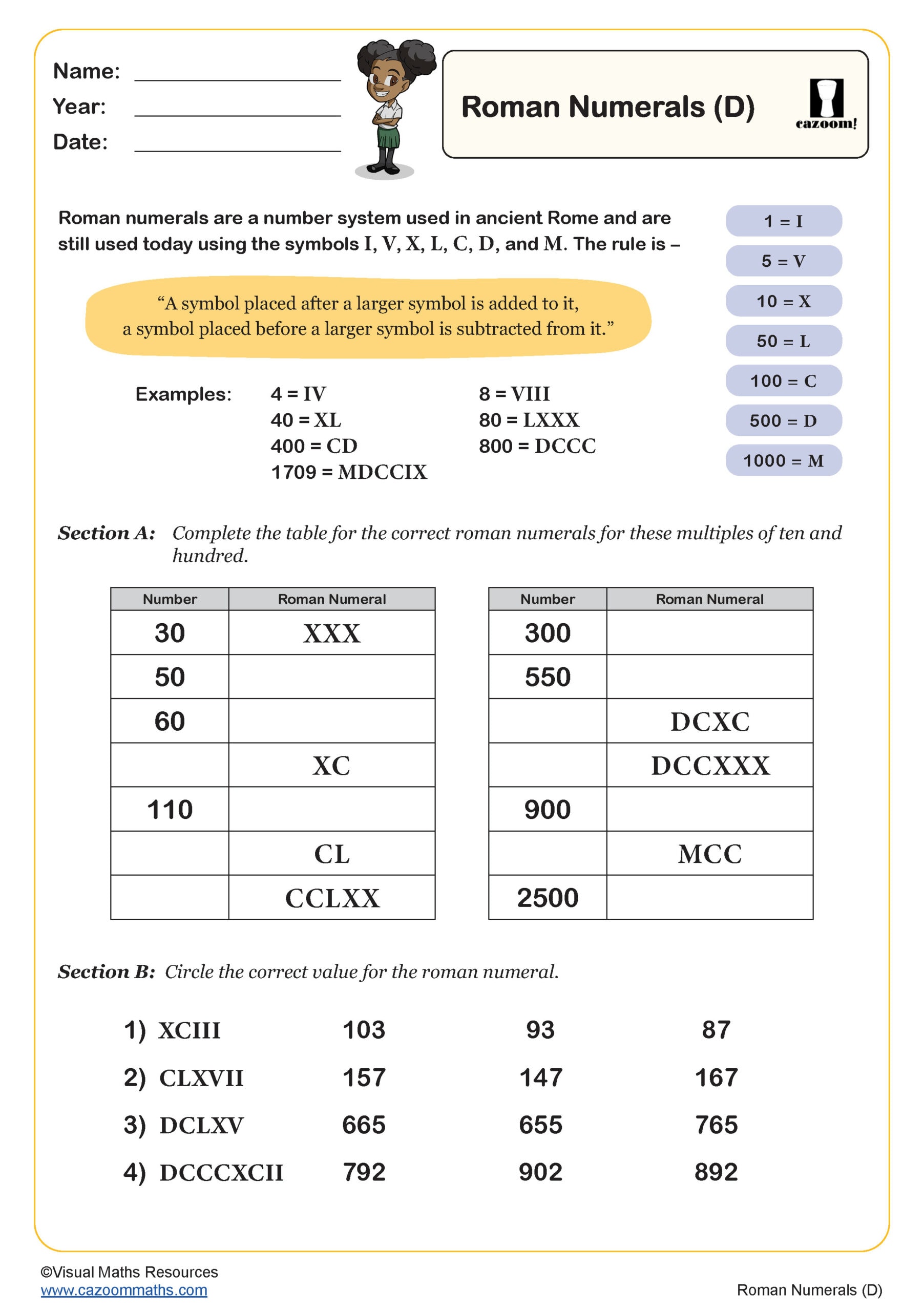
Rounding Charts
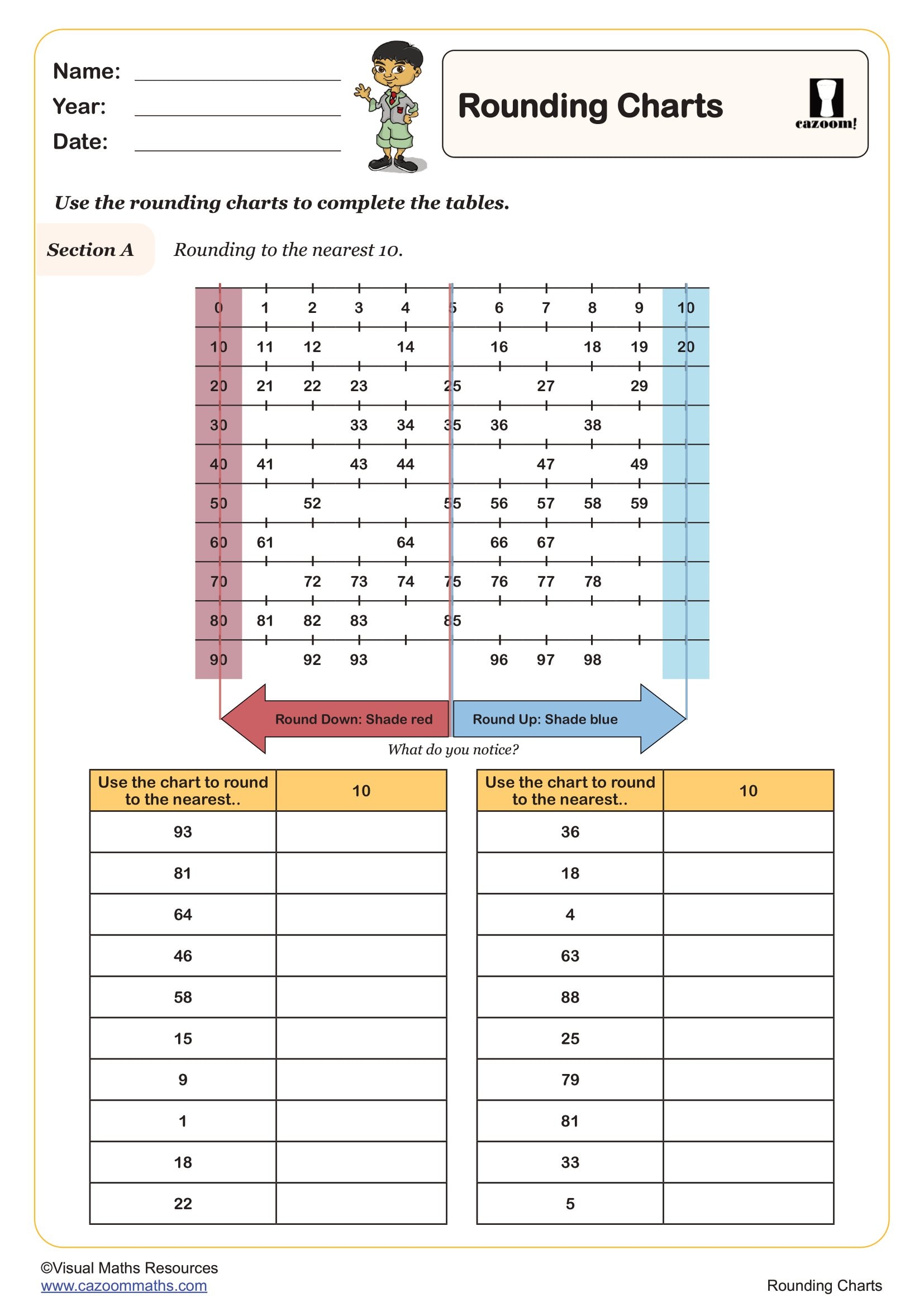
Rounding to one Decimal Place
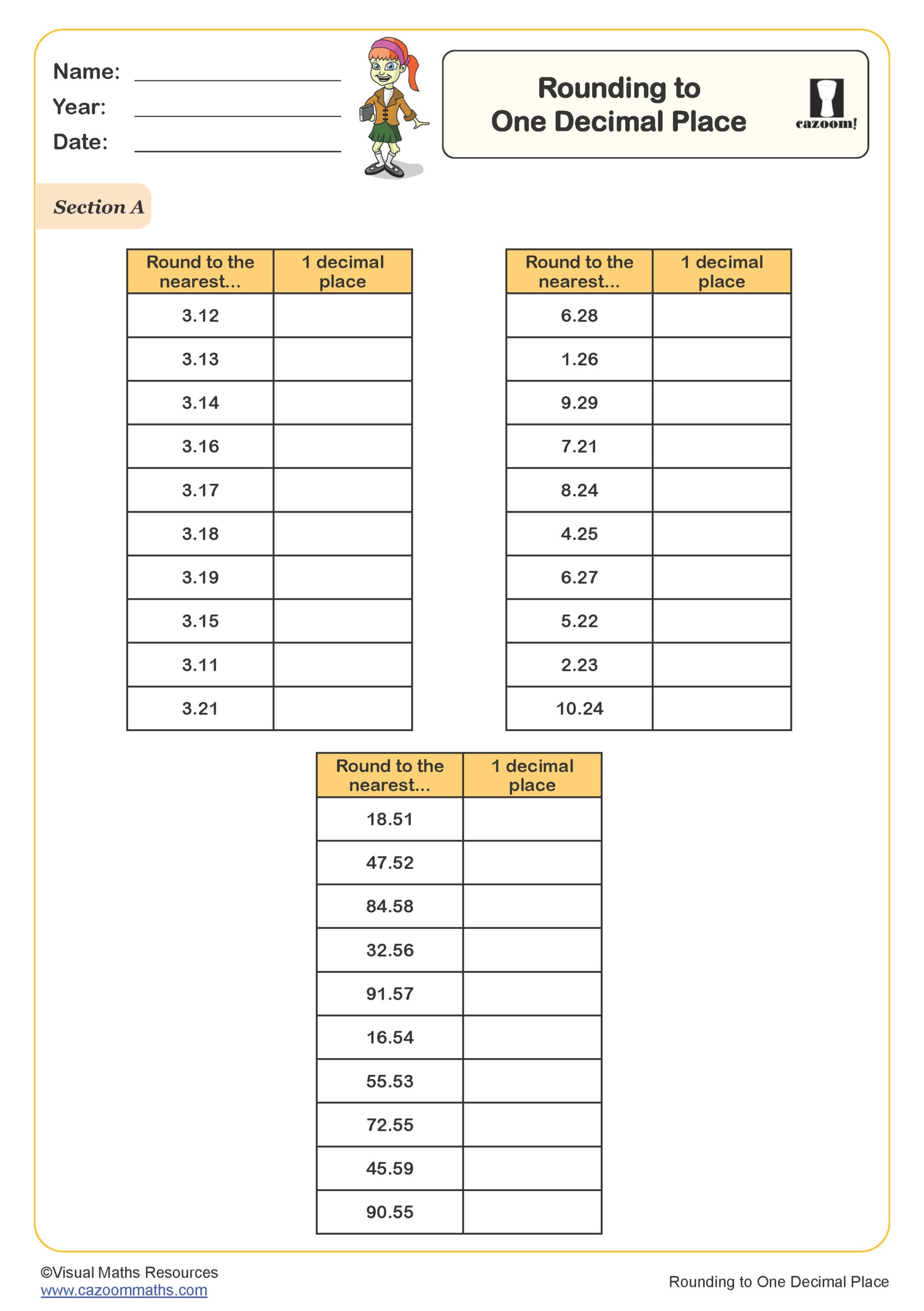
Rounding to Whole Numbers (B)
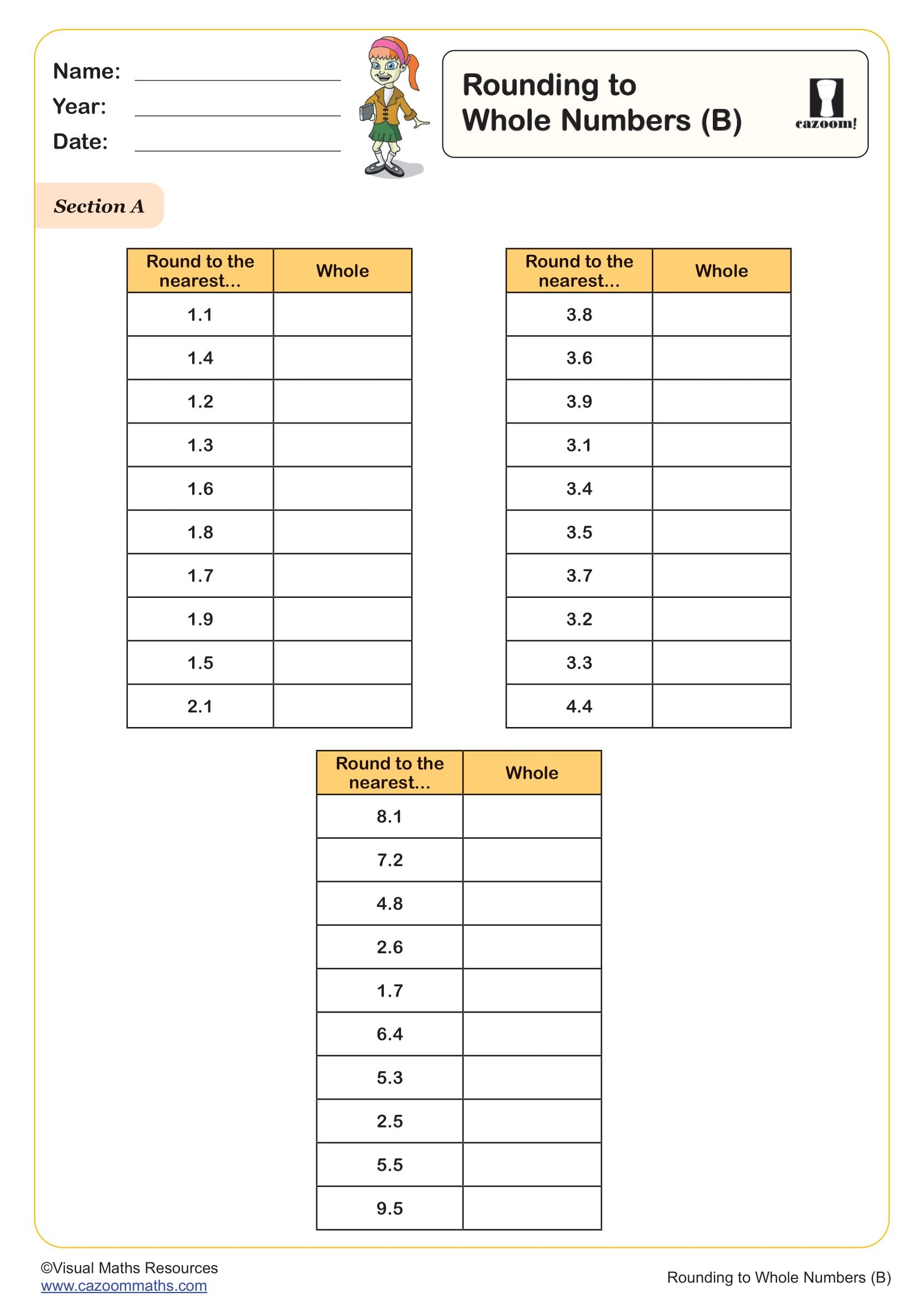
Using Place Value to Find More or Less Than A Given Number
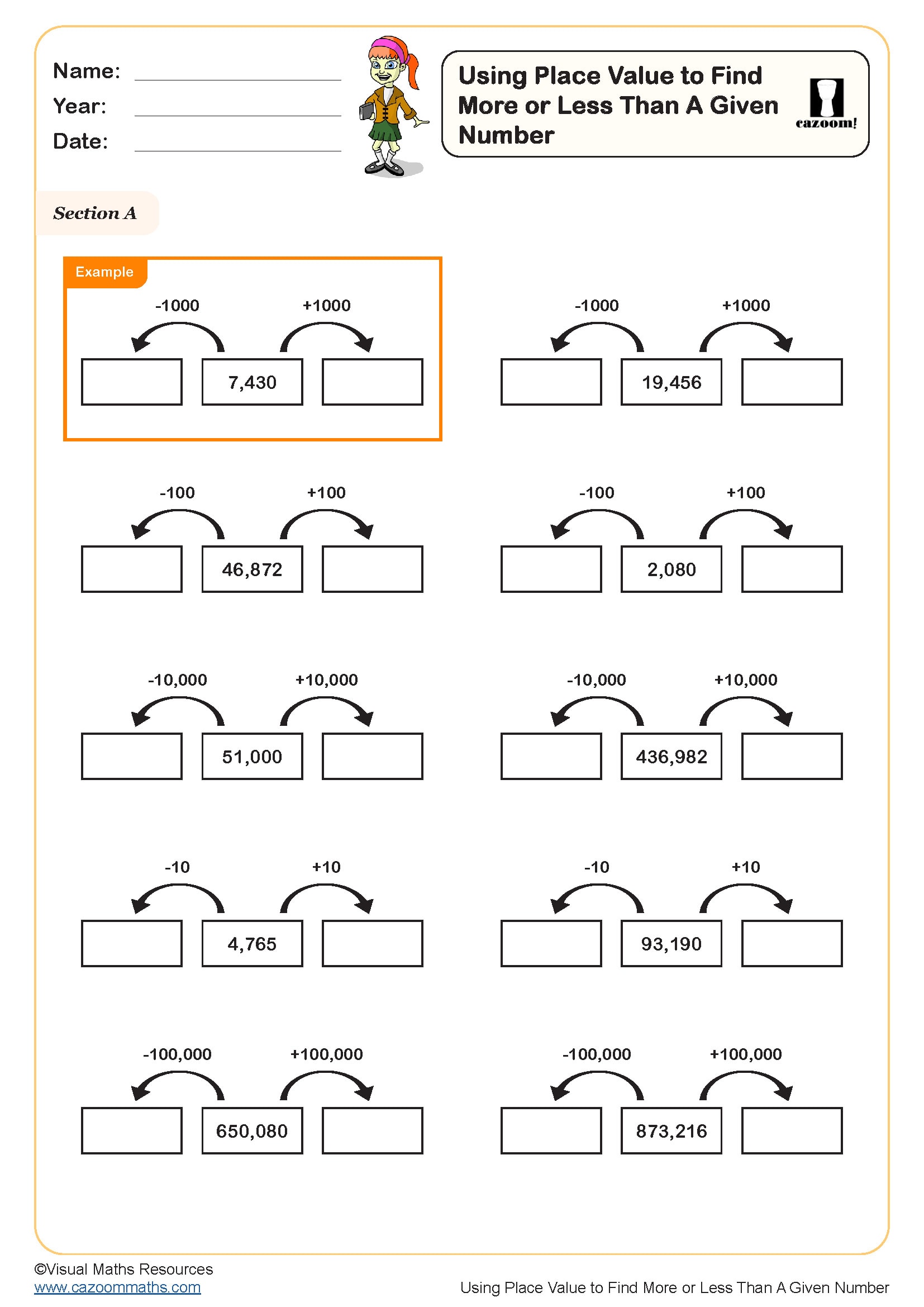
Comprehensive Year 5 Place Value Resources for Million Number Mastery
Finding decent place value worksheets that actually challenge Year 5 students without overwhelming them feels impossible sometimes. These ready-to-use, printable, PDF place value worksheets bridge that tricky gap between Year 4's thousands and the massive million-number concepts that students need for Year 6 preparation. Our detailed solution guides don't just provide answers – they demonstrate the mathematical reasoning process, helping students understand why specific strategies work when dealing with six-digit numbers and decimal place values.
Essential Place Value Skills Covered in These Year 5 Worksheets
What is Place Value?
Place value is simply where a digit sits in a number – and that position determines its value! The '4' in 4,573 represents 4,000 (four thousands), while the '4' in 243 only represents 40 (four tens). Think of it like different seats in a cinema – the same person sitting in different rows has a completely different view! We've noticed that Year 5 students really grasp this when they realise it's the position, not the digit itself, that gives the number its true worth.
We have packed quite a lot into these worksheets! The progression begins with understanding secure four-digit numbers, then systematically builds towards confident manipulation of six-digit numbers. Students particularly enjoy our "place value investigation" challenges, where they explore patterns in large numbers and discover connections between different number representations. The activities cover partitioning numbers up to 1,000,000, understanding decimal place values, working with negative numbers, and interpreting Roman numerals.
How Regular Practice Transforms Year 5 Mathematical Confidence
We've noticed that Year 5 students who consistently practice place value concepts show remarkable improvement in mathematical reasoning across all topics. These worksheets provide that crucial repeated exposure while maintaining engagement through varied, interesting mathematical challenges that build genuine number sense and automatic recall.
• Enhanced mental calculation strategies – students develop efficient methods for working with large numbers
• Stronger decimal understanding – essential foundation for fraction, decimal, and percentage connections
• Improved problem-solving resilience – place value mastery underpins complex mathematical reasoning
• Better preparation for Year 6 SATs – particularly reasoning questions requiring deep number understanding
• Increased confidence with negative numbers – building readiness for secondary mathematics
Discovering Place Value in Everyday Contexts That Fascinate Year 5 Learners
Place value with large numbers appears everywhere in their world, from population statistics and sports data to technology and science measurements. It's actually quite satisfying when Year 5s suddenly realise that understanding millions, hundreds of thousands, and decimal places helps them make sense of everything from global news to their favourite video game scores.
• Population data and geography – understanding city populations, country statistics, and global data
• Sports and entertainment – making sense of attendance figures, prize money, and championship statistics
• Technology and gaming – comprehending download numbers, user statistics, and high score achievements
• Science and space exploration – interpreting distances, measurements, and astronomical data
• Finance and economics – understanding large monetary values, budgets, and economic indicators
• Environmental data – making sense of recycling statistics, energy usage, and climate measurements